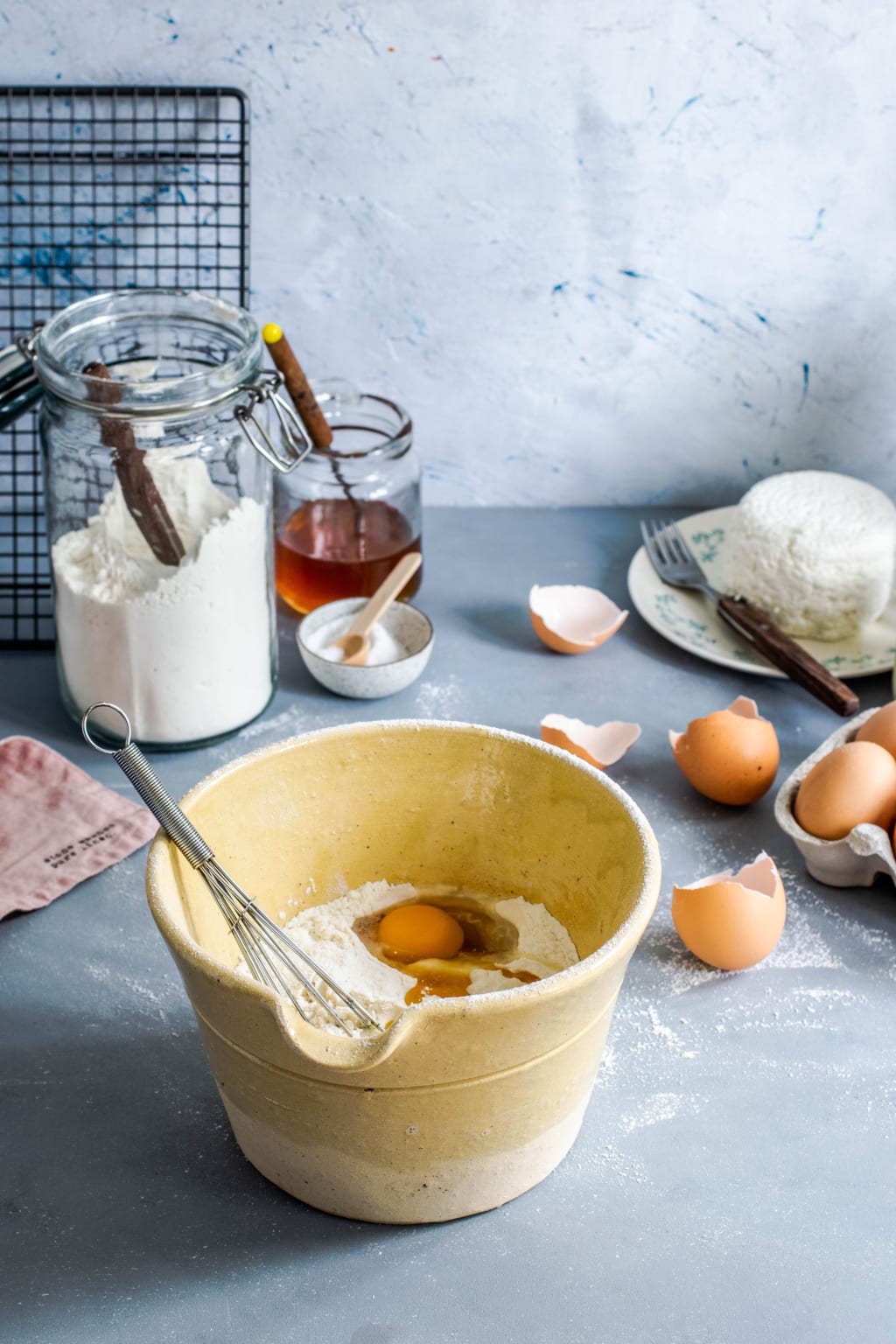Understanding Mixtures
Types and Applications of Mixture

In our daily lives, we encounter various substances that come together to form mixtures. But what exactly is a mixture, and what are its types? Understanding mixtures is fundamental in comprehending the world around us, from the food we eat to the air we breathe.
What is a Mixture?
A mixture is a combination of two or more substances that are not chemically bonded. Each substance in a mixture retains its own properties and can be separated by physical means. The components of a mixture do not combine in a fixed ratio, allowing for variations in their proportions.
Types of Mixtures
Mixtures can be categorised into two primary types: homogeneous and heterogeneous mixtures.
Homogeneous Mixtures
1. Solutions: Solutions are a common type of homogeneous mixture where one substance dissolves in another. The substances involved are thoroughly mixed, creating a uniform distribution, making it challenging to distinguish individual components. For instance, salt dissolved in water forms a solution, where the salt particles are dispersed uniformly in the water.
2. Alloys: An alloy is a homogeneous mixture of two or more metals or a metal and a non-metal. Common examples include brass, which is a combination of copper and zinc, and stainless steel, an alloy of iron, carbon, and other elements. Alloys often exhibit properties superior to those of their individual components.
Heterogeneous Mixtures
1. Suspensions: Suspensions are mixtures where particles of one substance are dispersed throughout another but are large enough to settle out. An example is muddy water, where the soil particles are suspended but will eventually settle at the bottom due to gravity.
2. Colloids: Colloids are mixtures where fine particles are dispersed in another substance, but the particles do not settle. They remain suspended and dispersed evenly. Examples include milk (where fat globules are dispersed in water), fog, and gelatin. The particles in a colloid are larger than those in a solution, but smaller than those in a suspension.
Separating Mixtures
Separating mixtures is essential in various industries and scientific processes. Various methods are employed based on the type of mixture:
1. Filtration: Used for separating solid particles from a liquid in a heterogeneous mixture, filtration involves passing the mixture through a filter medium that retains the solid while allowing the liquid to pass through.
2. Distillation: This method is particularly useful for separating solutions. By heating the mixture, the components with different boiling points vaporize at different temperatures and are collected separately.
3. Evaporation: Evaporation involves heating a mixture to vaporize the solvent, leaving behind the dissolved solid particles. This method is commonly used to obtain salt from saltwater.
4. Chromatography: Chromatography is a method used to separate the components of a mixture based on their ability to travel across a medium. Different components move at varying speeds, allowing their separation.
Importance of Mixtures
Mixtures play a crucial role in our daily lives and various industries:
1. Food Industry: Food items often involve mixtures, whether it's combining ingredients in a recipe or creating new flavours and textures. Products like soups, sauces, and salad dressings are examples of mixtures.
2. Pharmaceutical Industry: Medicines, syrups, and ointments are often a mixture of various compounds and substances. Creating these mixtures with precise ratios is critical for their effectiveness.
3. Environmental Applications: Understanding mixtures is crucial for environmental purposes, such as water treatment processes that involve separating impurities from water to make it safe for consumption.
4. Manufacturing and Material Science: Alloys, one of the types of mixtures, are widely used in manufacturing various materials like steel, providing specific properties suited for different applications.
Conclusion
Mixtures are an integral part of our lives, from the products we use to the environment we live in. Understanding the different types of mixtures and how to separate them is fundamental in various fields. Whether it's in the kitchen, the laboratory, or the manufacturing industry, knowledge about mixtures allows us to create, separate, and utilize substances effectively, catering to a multitude of human needs and innovations.






Comments
There are no comments for this story
Be the first to respond and start the conversation.